A pilot that earns an instrument rating is a pilot that's mastered his or her flight skills to a level or precision and accuracy needed to safely fly an airplane through clouds, fog, and other adverse weather conditions. While flying in these weather conditions, known as IMC, or instrument meteorological conditions, a pilot is tasked with flying an airplane solely by reference to flight instruments. The pilot needs to be able to go from takeoff to landing, without having any outside visual references.
Perhaps the most critical phase of an instrument flight is the instrument approach. This is the final phase of the flight when the pilot transitions from IMC flight to a visual landing after maneuvering the aircraft throughout the National Airspace System.
In this video, Anthony Bottini, CFI, guides you through the necessary steps and procedures that must be followed to fly a safe, standardized non-precision approach procedure (using only horizontal guidance) in the UND Garmin 1000-equipped Cessna 172.
Just updated your iPhone? You'll find new emoji, enhanced security, podcast transcripts, Apple Cash virtual numbers, and other useful features. There are even new additions hidden within Safari. Find out what's new and changed on your iPhone with the iOS 17.4 update.



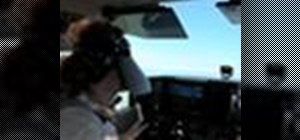

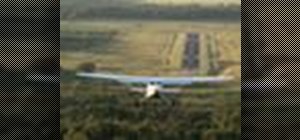
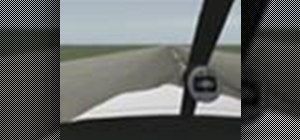


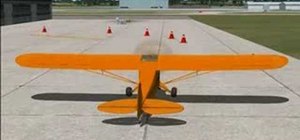
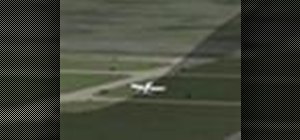


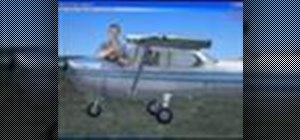


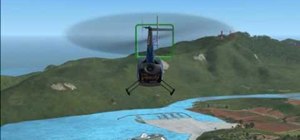

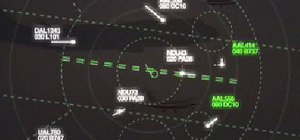
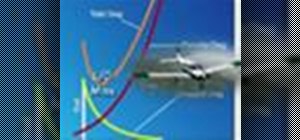
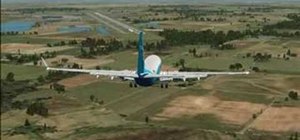
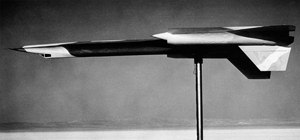


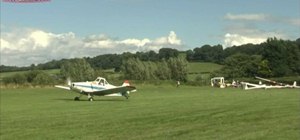

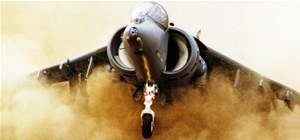
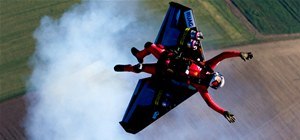

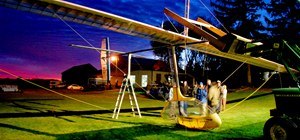




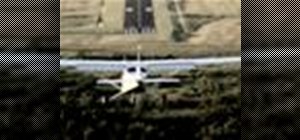
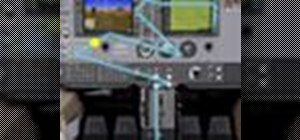
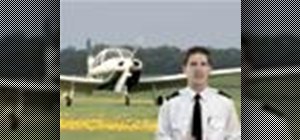


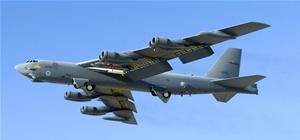
Be the First to Comment
Share Your Thoughts